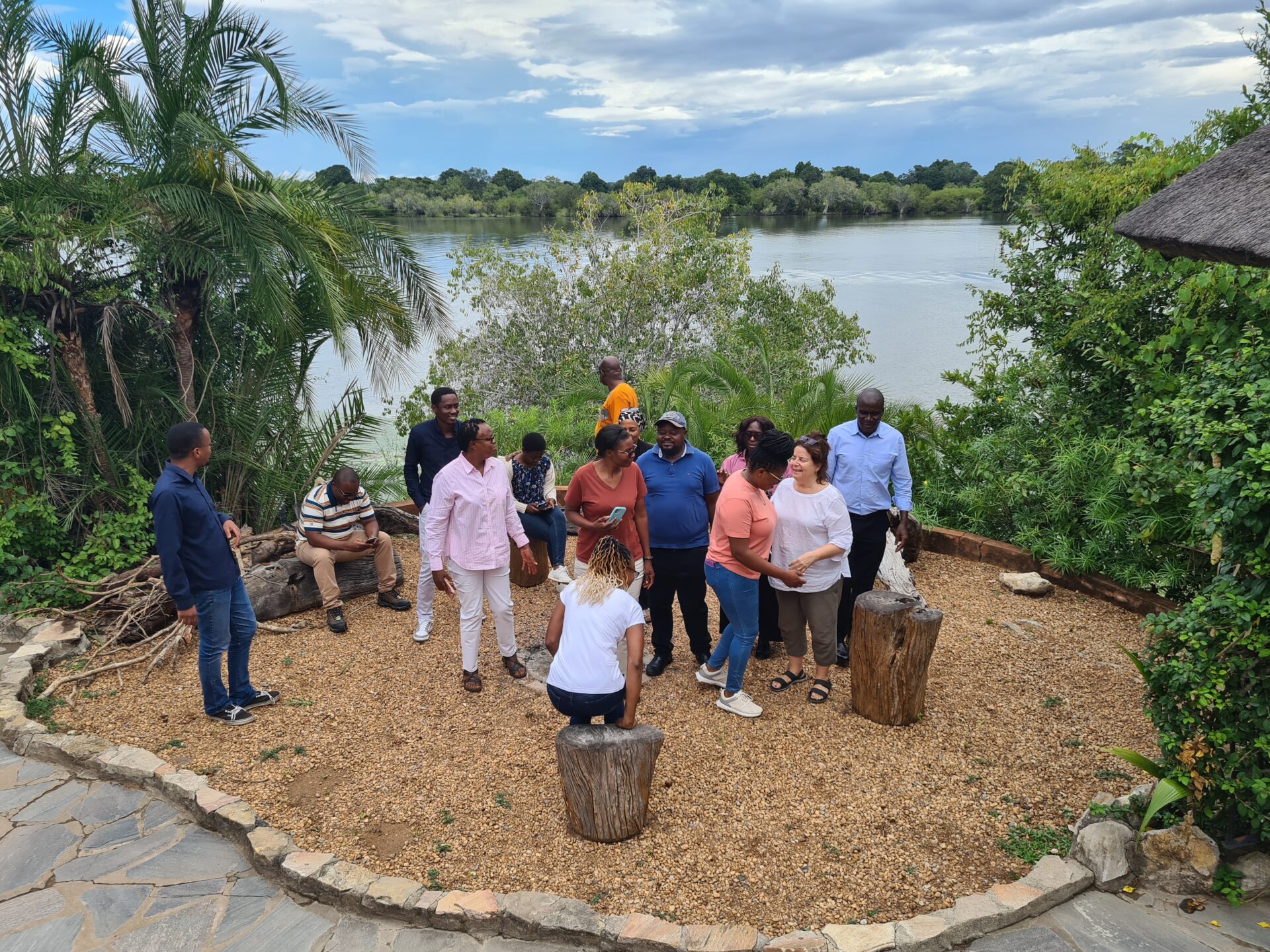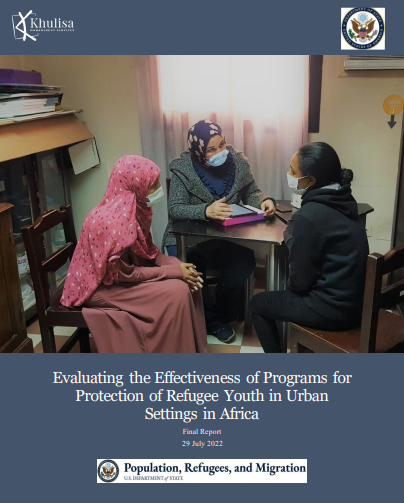Date: August 8, 2023
Khulisa recently published a blog post about an Evidence Gap Map (EGM) of research and evaluations related to multi-sectoral nutrition in Zambia, which the Khulisa team created for the Scaling Up Nutrition Learning and Evaluation (SUN LE) project . EGMs are complex and can be intimidating to read, so here are some tips:
- EGMs are best viewed on a wide screen: Use a laptop or tablet rather than a phone.
- Consult a few EGM resources – see last week’s #EvalTuesdayTip, as well as this UNICEF guide – for background on what an EGM is and how they are structured.
- The rows of an EGM display different intervention areas – the SUN LE EGM, for example, includes interventions in agriculture, health and nutrition, gender equity, etc., with a number of nutrition-related sub-topics within each intervention area.
- The columns of an EGM display themes related to those intervention areas, such as nutritional status, dietary and feeding practices, HIV and nutrition, etc.
- Each cell shows the number of available studies corresponding to the intersecting intervention areas and issues. The number of studies is represented by bubbles that are sized according to the number of existing studies. Clicking each bubble pulls up a list of studies with links .
- Read the instructions at the top of the EGM (each one is set up slightly differently) and take your time when reviewing it. There will be a lot of information to take in!
Stay tuned for one more EGM tip next week.


